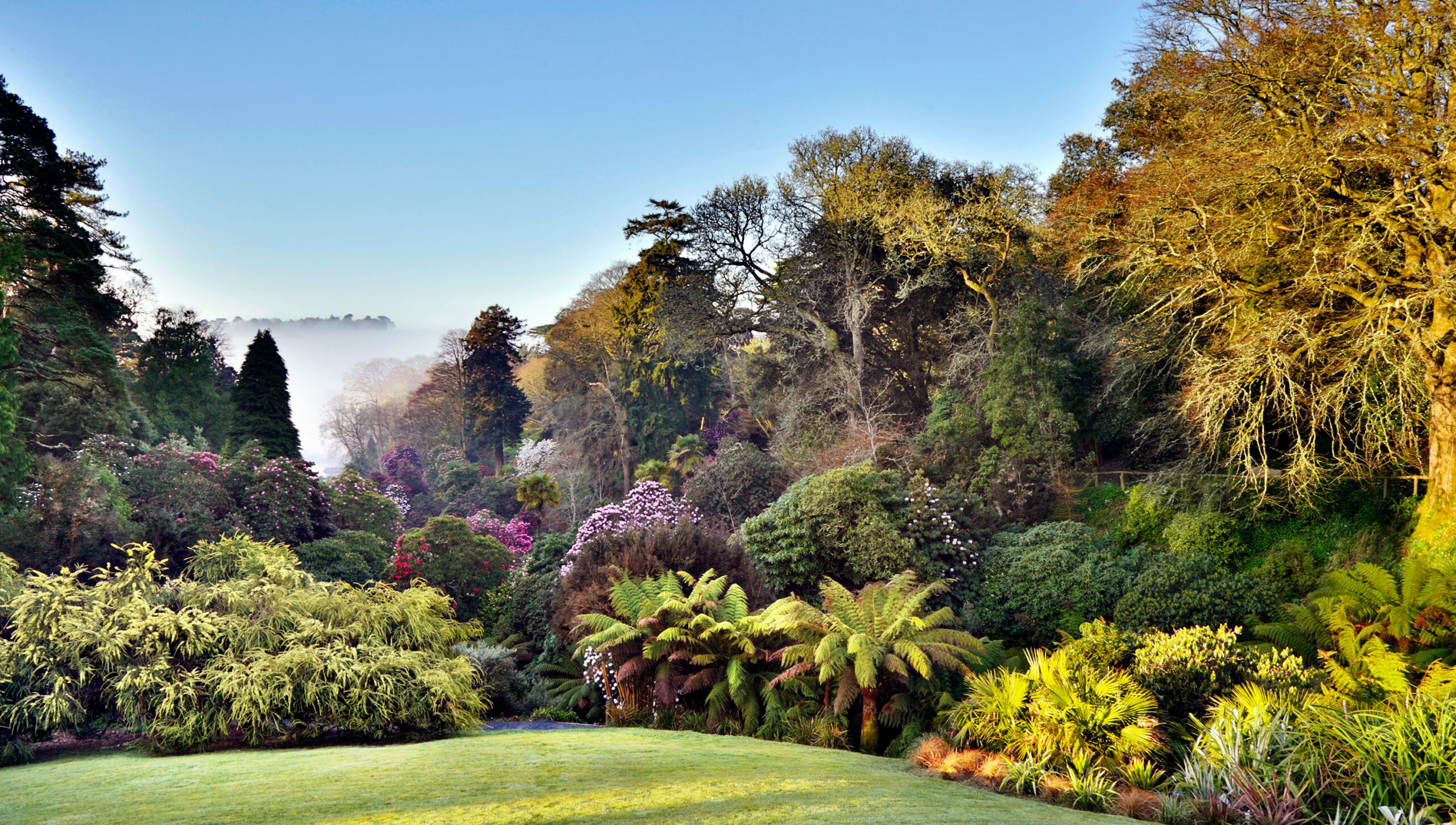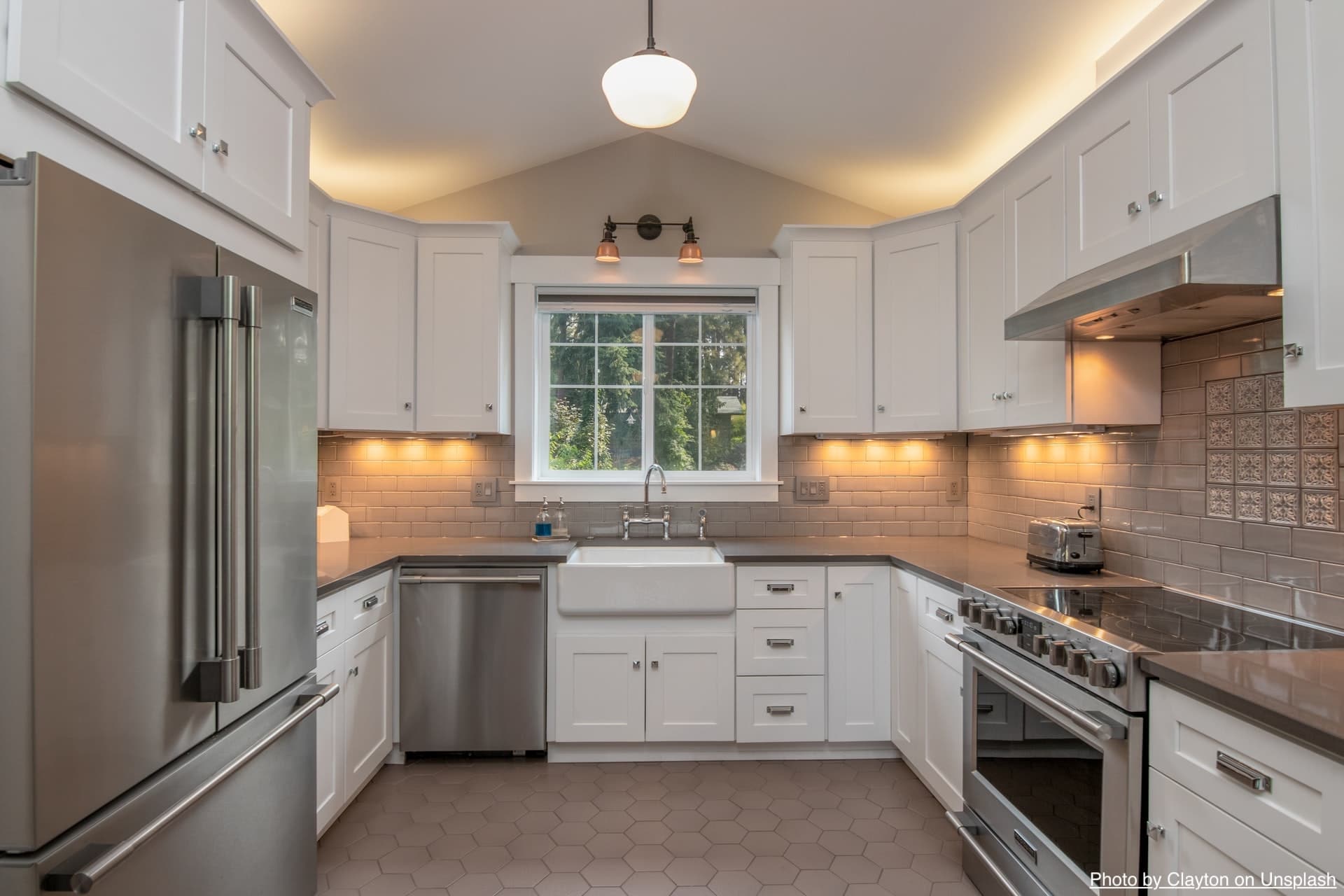Cornwall’s Gardens

The ‘Garden Capital of the World’ is often how Cornwall is thought of throughout the world. Cornwall enjoys the power of the Gulf Stream with its temperate climate of warm summers, mild and wet winters which in turn allows exotic and rare plants to thrive.
Where else can you find so many gardens with history dating back to the Iron Age? As long ago as the early 19th century Cornish gardeners were part of the Victorian plant hunters who collected exotic plants and seeds from all around the world.
That gives us what we have today: over 60 fabulous gardens to explore with lush vegetation and sub-tropical theatres of colour brimming with exciting, rare and beautiful plants. Cornwall’s gardens are found in our magnificent Castles, Manor Houses, grand Farm Estates, Mill Houses, sheltered valleys, high up on blustery moorland and nestled in woodland and seaside gardens which meet the turquoise hues of the water’s edge.
Cornwall’s gardens are so diverse as they vary in size from small and intimate to acres of rolling countryside. Some with enchanting lakes and a Victorian boathouse to water gardens with tree ferns, rhododendrons, camellias and magnolias. Others have walled gardens and manicured lawns to the newest of all two magnificent Biomes filled with magic from around the world.
All around Britain you will be hard-pressed not to find a ‘Veitch’ plant or one derived from their nurseries. The Veitch family sent many collectors all over the world to bring back seeds and plants. These included two Cornish brothers, William and Thomas Lobb. William Lobb died in San Francisco in 1864 but his brother Thomas lived in Devoran until his death in 1894.
In the East of Cornwall Mount Edgcumbe have The Earl’s Garden with ancient and rare trees including a 400-year-old lime. The Formal Gardens are found in the lower park and were created over 200 years ago in English, French and Italian styles. Cothele tells the story of the Tamar Valley and Antony was recently used as a backdrop for the film Alice in Wonderland. Also in the East is Ince Castle which overlooks the River Lynher. The garden enjoys woodlands filled with rhododendrons, camellias and magnolias, vibrant shrubs and formal gardens. Pentillie Castle’s gardens are only open on specific days and their orchard was replanted with old Tamar Valley varieties of apple and cherry.





